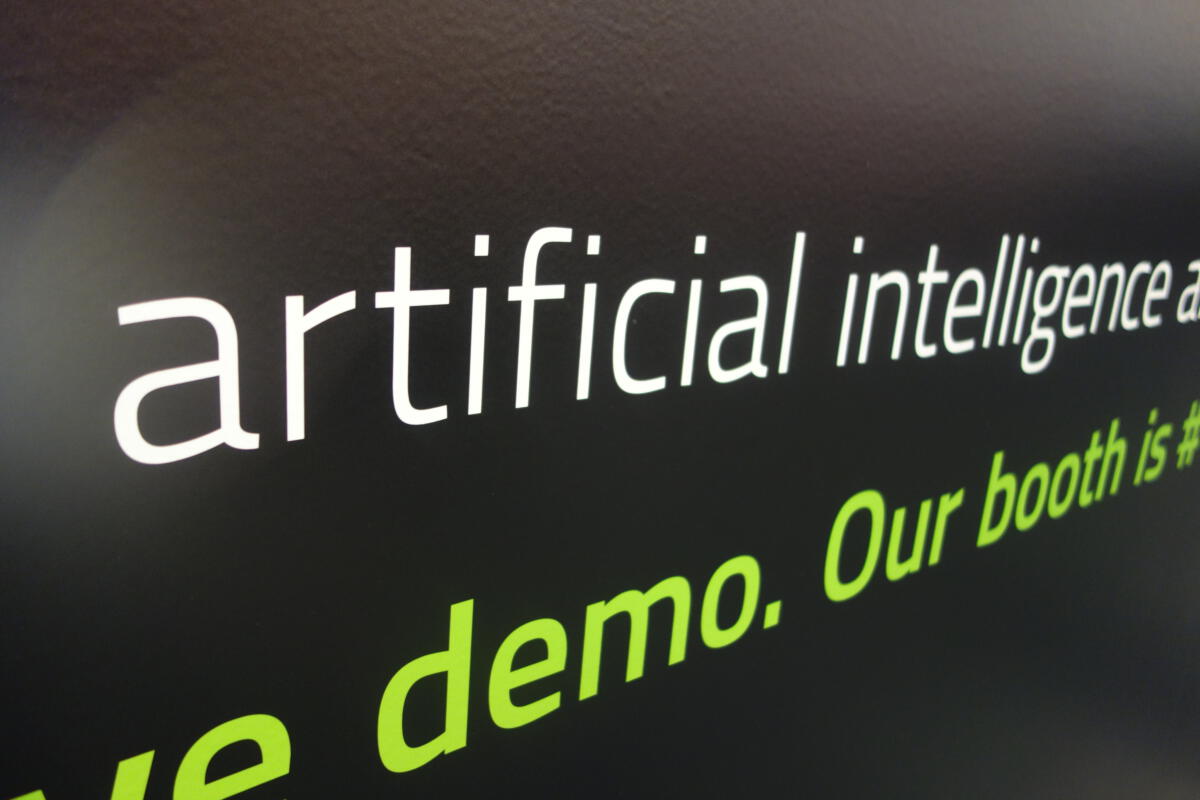Schneider Electric and Microsoft: Water efficiency, industrial safety, energy access, and more
Credit to Author: Jean-Pascal Tricoire| Date: Mon, 10 Jul 2017 13:12:37 +0000
Microsoft’s annual partnership event is inspiring to its 16,000 attendees from 130 countries, showcasing where we’ve been together and, more important, where we’re going. In recent years, Schneider Electric has… Read more »
The post Schneider Electric and Microsoft: Water efficiency, industrial safety, energy access, and more appeared first on Schneider Electric Blog.
Read More



